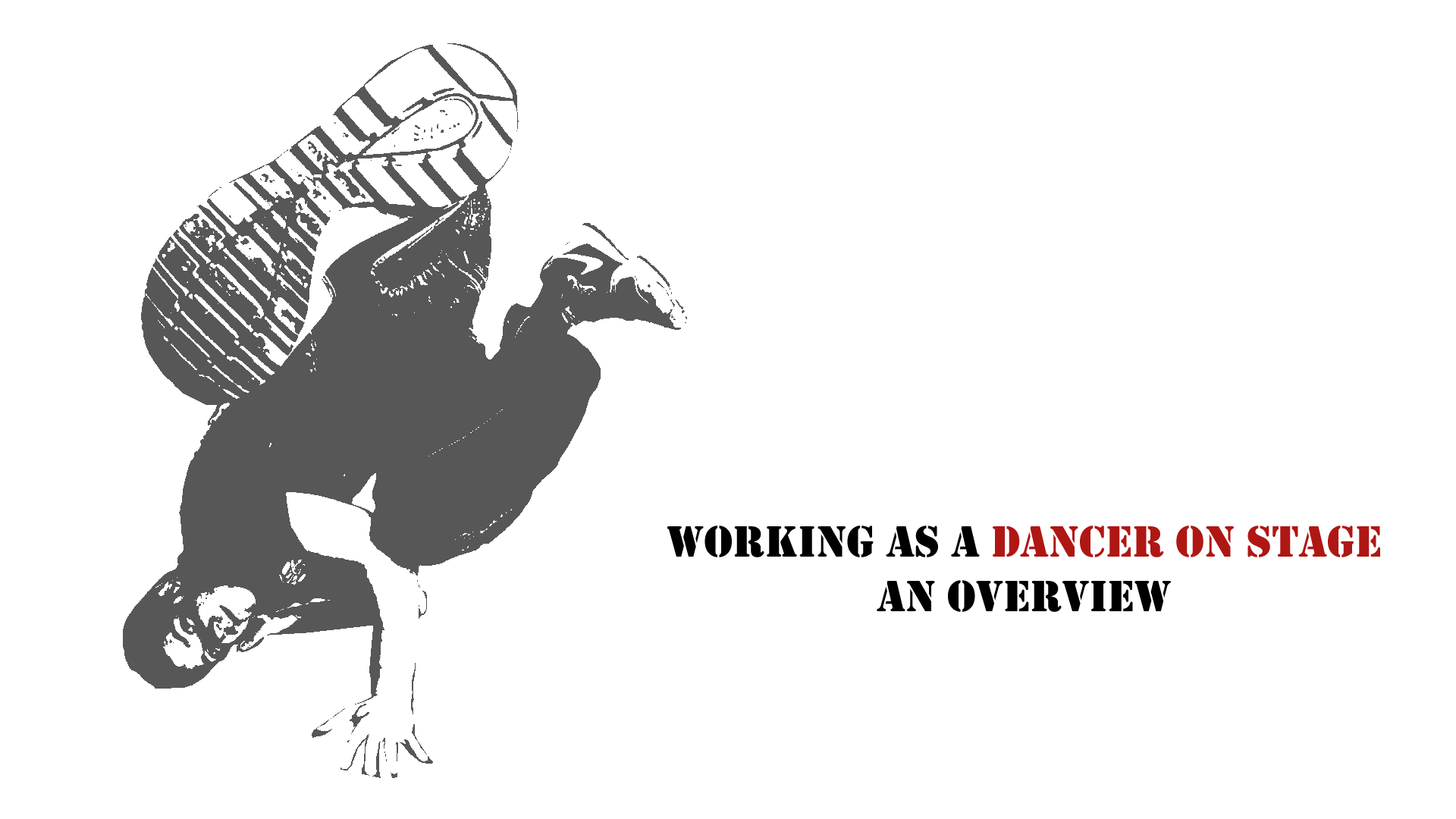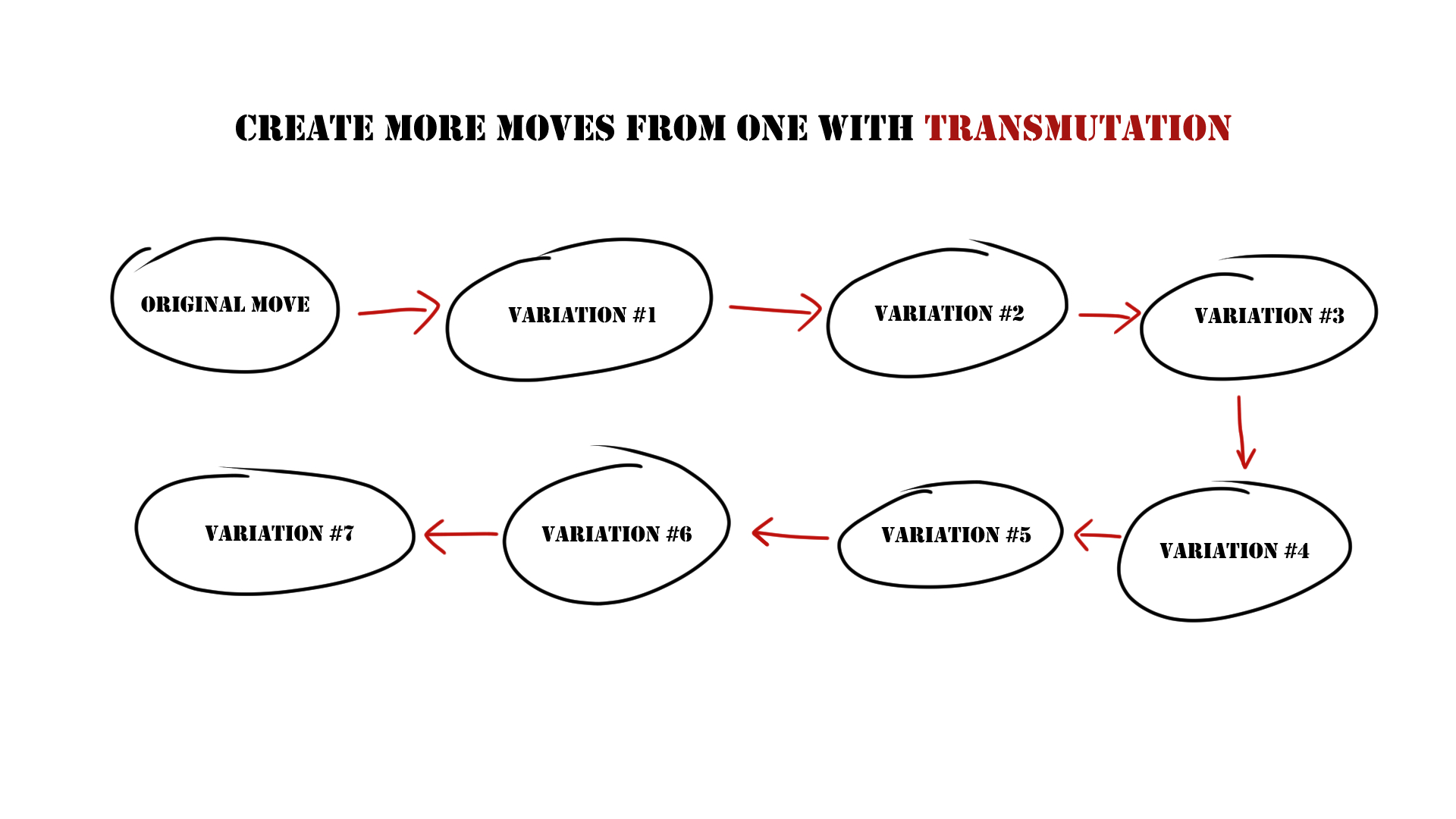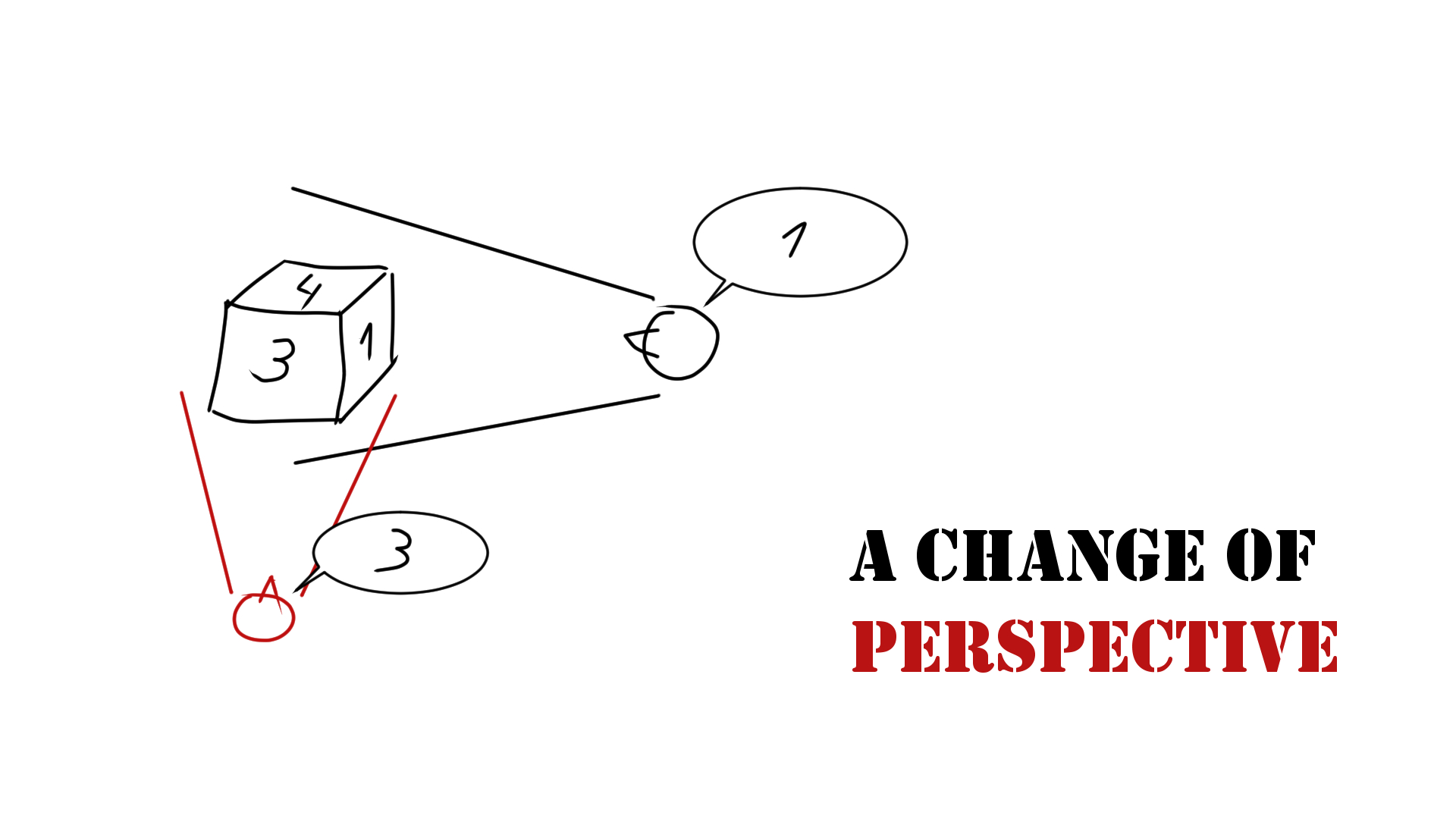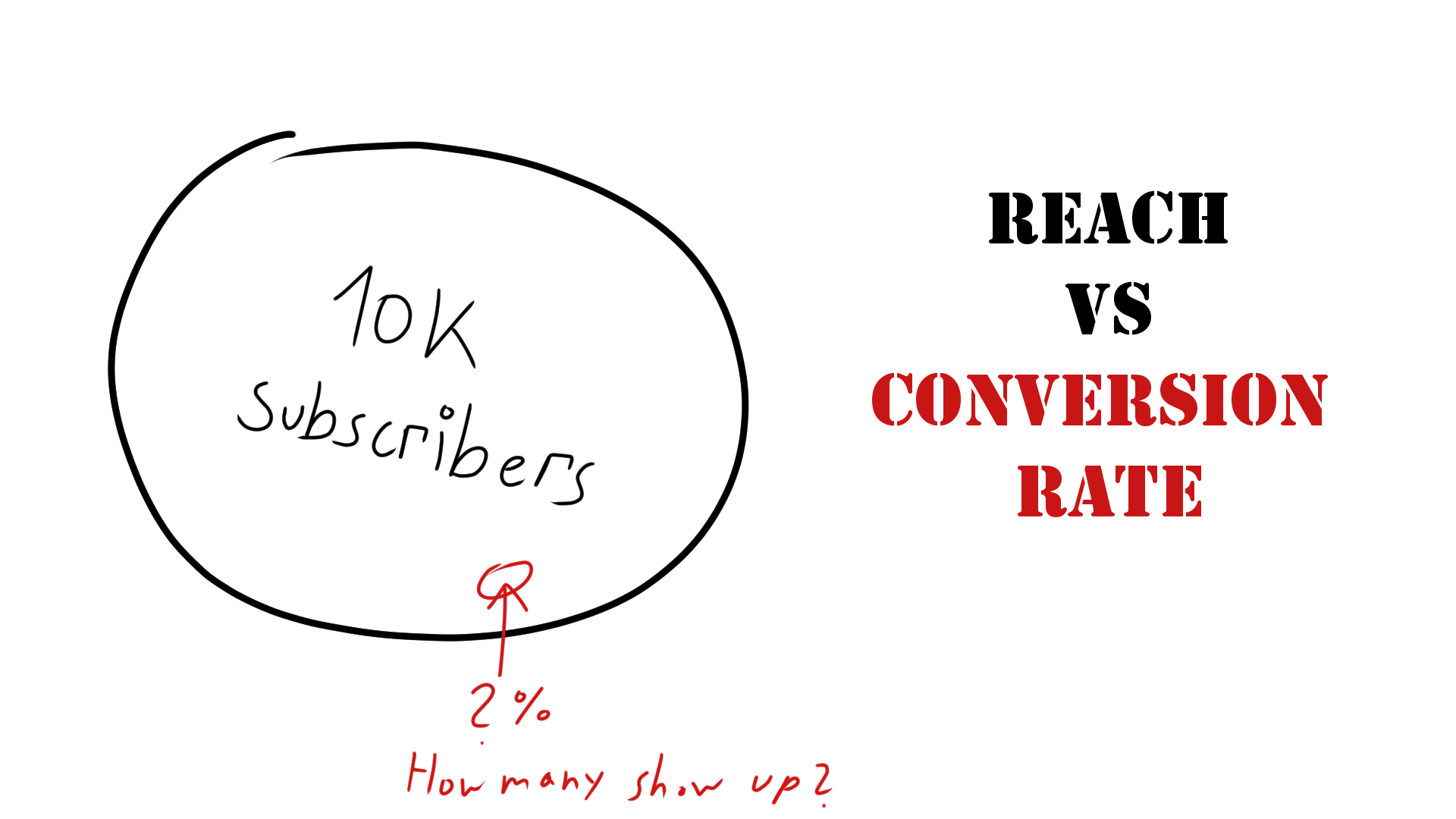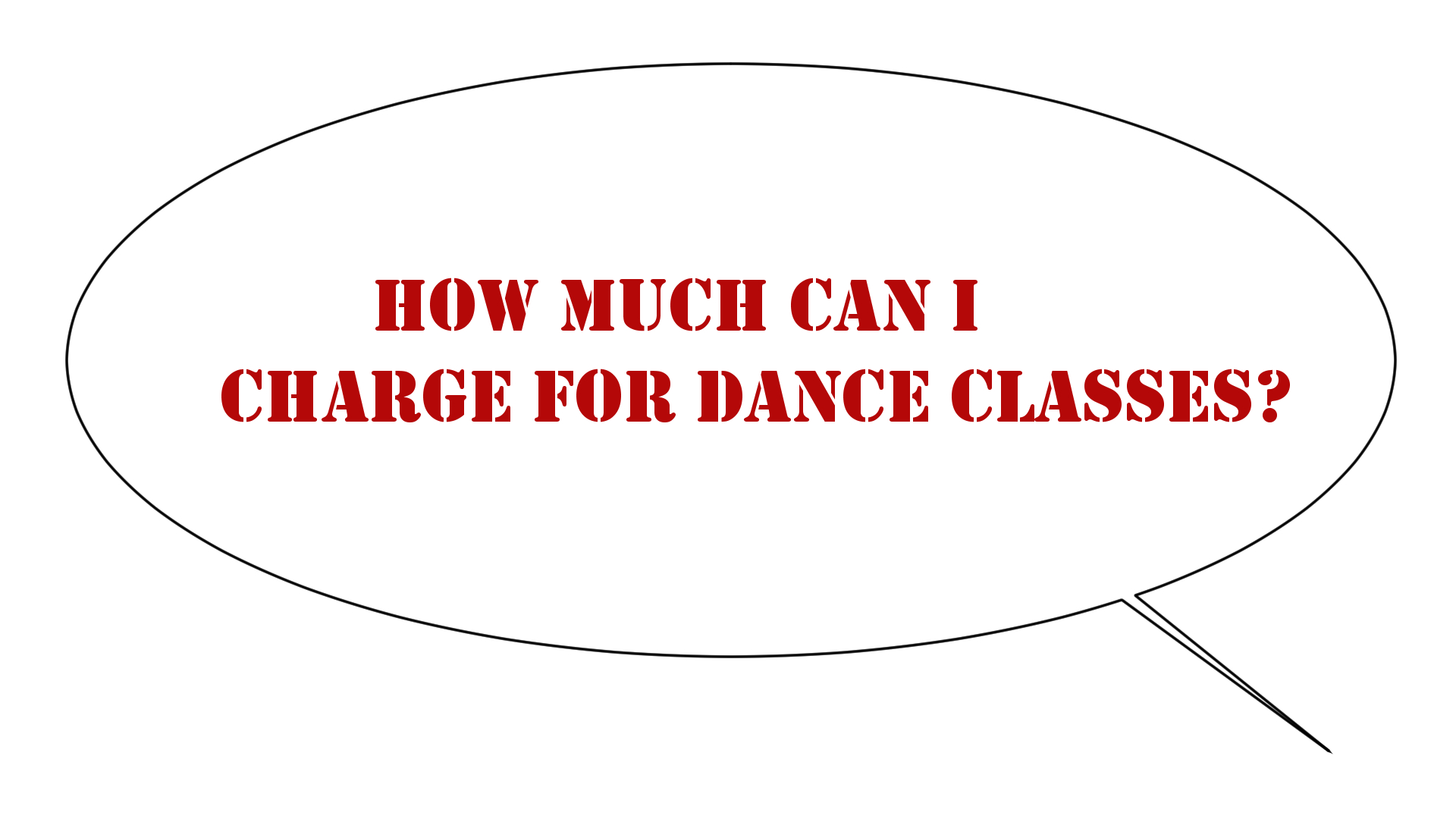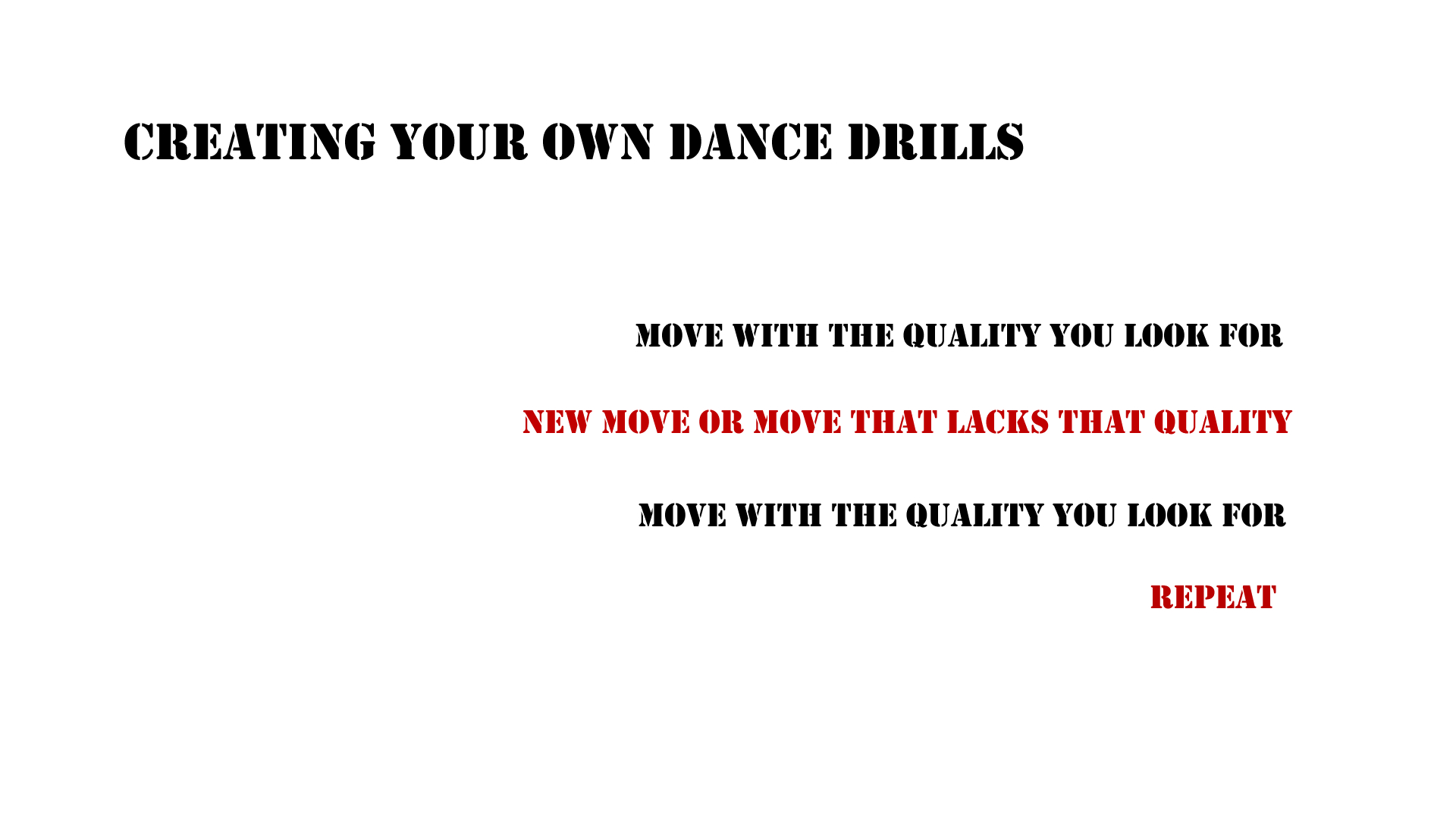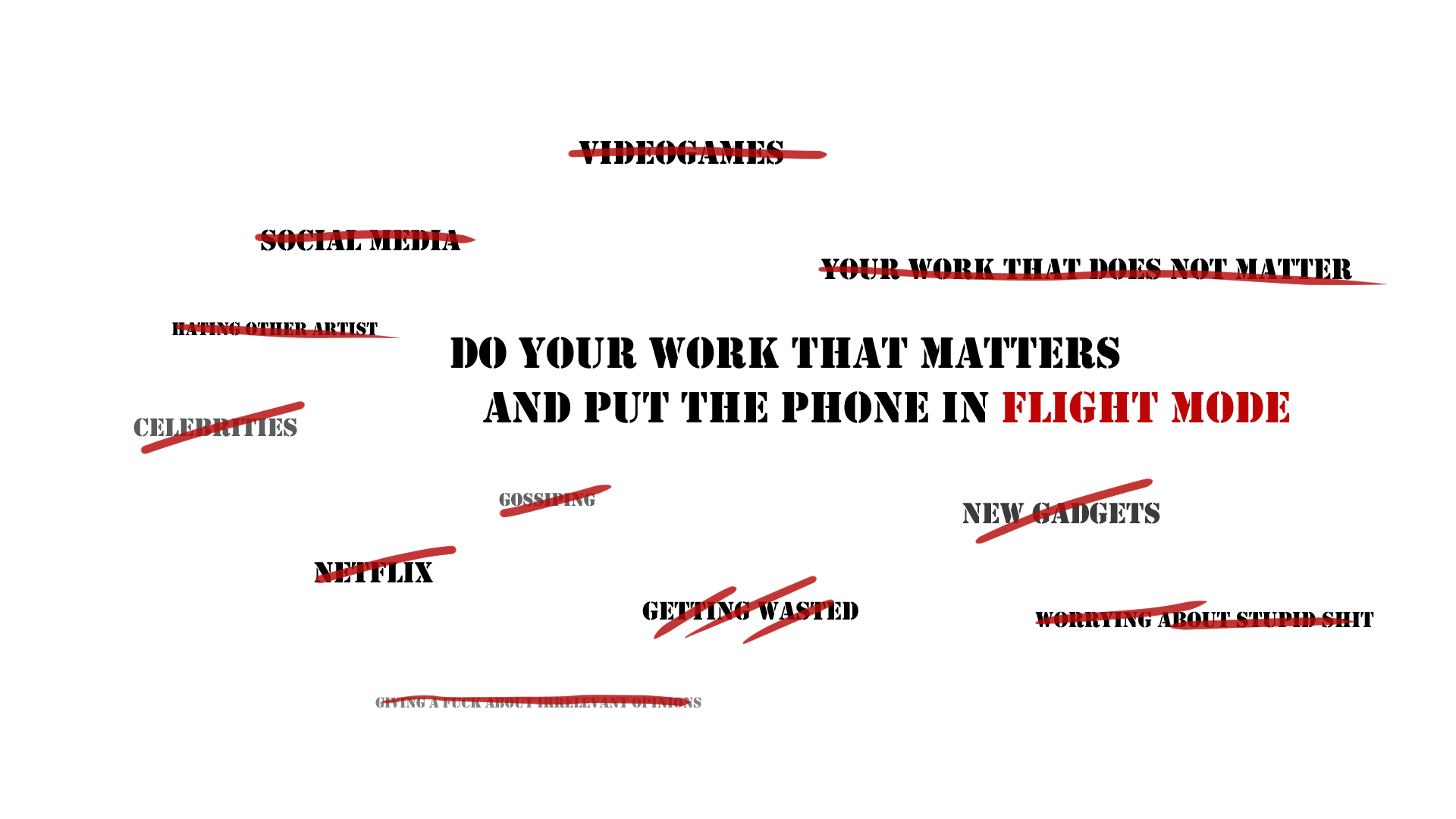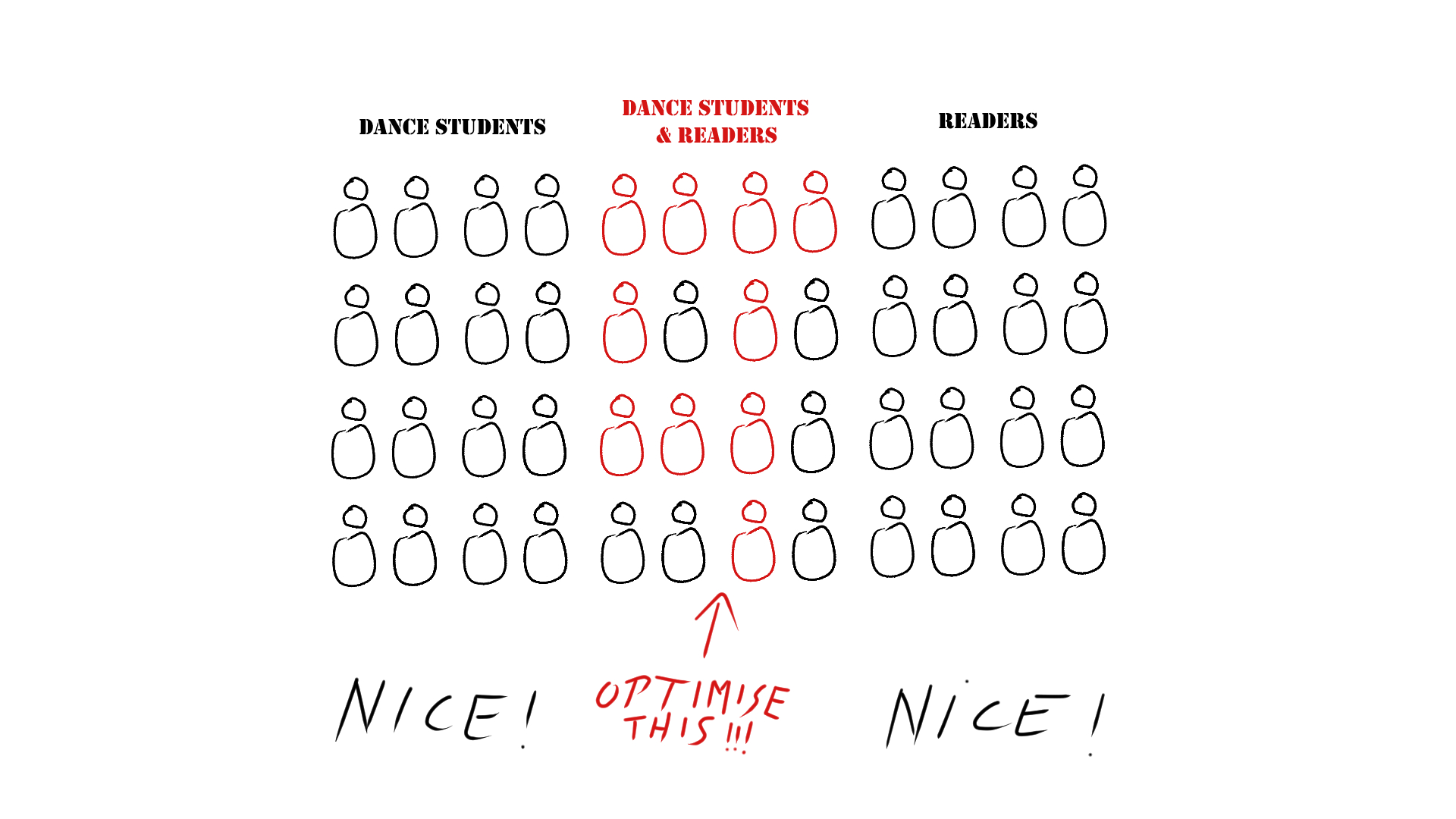After covering the most reliable possibility of dance income, teaching, we will take a closer look at performances as a work field. Here is an overview of what you will need to be successful as a dancer on stage.
Performing is the one thing that comes to mind for most people when they think about making a living from dancing. It also a prestigious way as dancing on stage suggests a high-level and therefore a high status. Sadly these expectations and reality do not align all the time. People who pay for dance are not always able to tell the difference between a skilled dancer and someone who is not yet there. But it is a serious mistake to assume you don’t have to do your best.
We want to be part of the guys who 1) live up to the expectations that are out there and 2) stand out from the mass of people who present their dance, before being ready. It will allow us to demand higher fees without even raising the question of why we are more expensive than the breaking crew from the youth center around the corner.
Here is what I think we need to stand out:
- Dance skills. No need to go into detail, you need to be able to dance well.
- Remembering Choreography. You can get away without being able to do that if you are a freestyle dancer from the scene, but there is no way you get around it when you are looking into performance. Some people would consider this as part of dance skills, but there are a lot of people who dance amazing but can’t remember their choreography. When you do a lot of auditions, it is also a significant advantage if you can pick up choreography fast.
- Stage Presence. A particular quality of looking good on stage. It is the sum of multiple factors that we can sum up as confidence, control, and projection (sending out your experience to the audience). I am working on a tag-team publication with Da Bürgermasta on this topic.
- Discipline. Not only on the floor and in the training sessions. Every show demands a different mindset and preparation. It is easy to fall into the “we can freestyle that” trap. Probably you can freestyle it and get away with it often, but you will give away the opportunity to max your impact and impressing that one lady that might have booked you for the next gig.
- A way to get your jobs. This can be an agent. It can be yourself checking the internet all the time. It can be being in a dance company that takes care of it or even has its own stage. Often people who try to make it in the dance industry overlook that acquiring gigs is part of the work you do. All your other skills don’t matter if no one books you.
- The show. Depending on how you get your jobs, having a show ready might be on you or not. If you are self-organized, you also have to make sure there is something you can perform. All aspects of show production will be a topic on the blog, as soon as we finished with the performance topic.
- The ability to handle the business side of things. As soon as you are doing jobs that pay, you will need to be able to provide invoices. With invoices come taxes and insurance – basic accounting. If you can’t write a valid invoice, business partners will not pay you.
- The professional spirit. Even though professional means you do something for a living, there are much more things that are attached to that label. Being on time, having all of the stuff above down, the ability to understand the reason why your show is booked and adapting it to the needs of the customer (not valid in every situation). People also expect you to be dressed appropriately for the occasion of your show and to be able to handle basic conversation before and after the show.
So in short, there is a lot of stuff that improves your chances of being successful as a performer. Think about the point above. Which ones do you have down? Which ones do you lack? Are there any you were not aware of?
Next week we start to go into detail with the ways to get your jobs.

